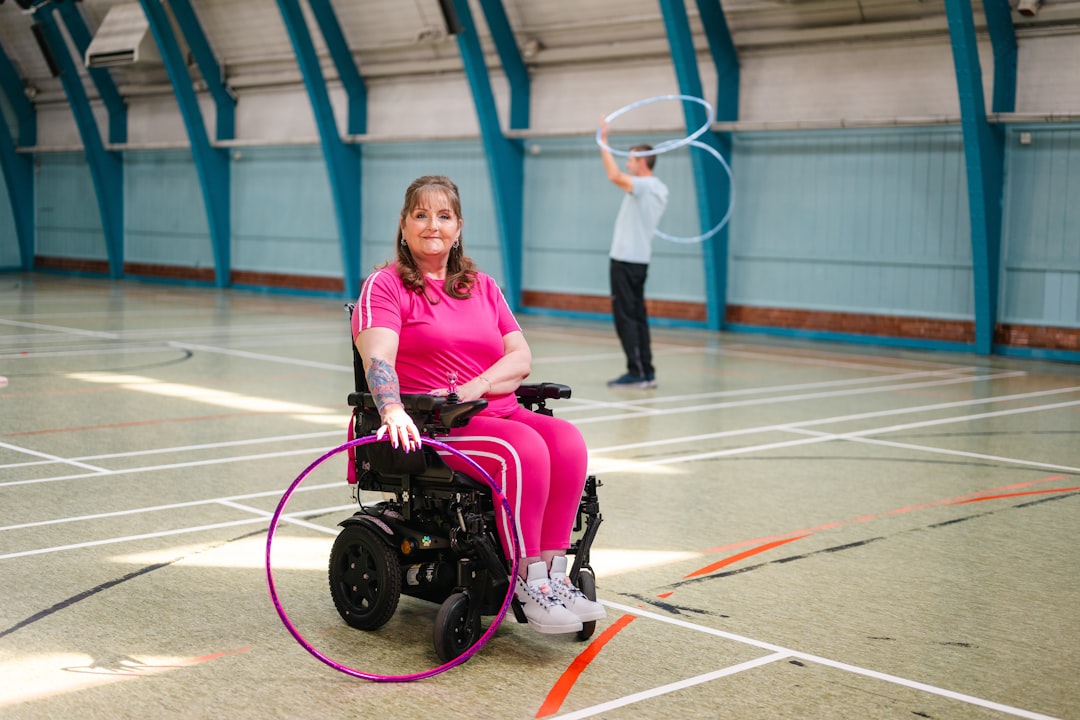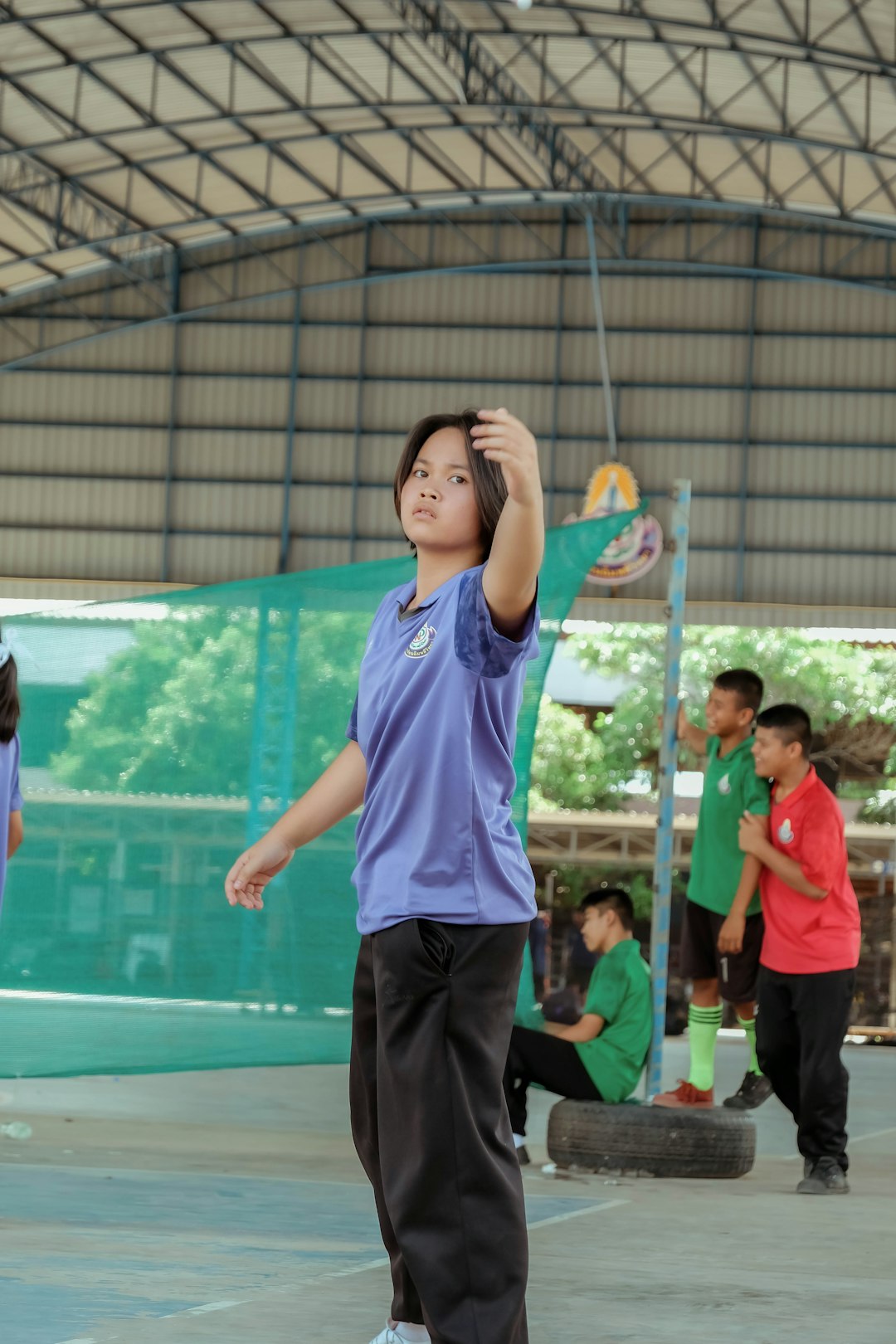Para badminton is an exciting and fast-growing sport that offers athletes with physical impairments a competitive platform to showcase their skill, strength, and agility. Governed by the Badminton World Federation (BWF), para badminton integrates many of the same fundamentals as mainstream badminton but adapts rules to ensure fair play across a spectrum of physical disabilities.
TL;DR – Para Badminton Rules in a Nutshell
Para badminton is a modified version of badminton designed for athletes with physical impairments. It includes six sport classes and allows both singles and doubles play. The match formats, scoring system, and court sizes vary slightly depending on the classification of the athletes. The sport promotes inclusivity, competition, and athletic excellence on an international level.
What is Para Badminton?
Para badminton is a sport tailored for athletes with physical disabilities and was first introduced at the international level in the 1990s. It became a Paralympic sport at the Tokyo 2020 Paralympic Games, which significantly increased global attention and participation.
The objective of para badminton is the same as conventional badminton: to score points by landing the shuttlecock in your opponent’s half of the court while preventing them from doing the same. However, the rules are modified to accommodate different physical abilities while preserving the core spirit of the game.
Para Badminton Classifications
One of the defining characteristics of para badminton is its classification system, which ensures a level playing field. Players are grouped based on the type and extent of their physical impairments. There are six sport classes:
- WH1 – For wheelchair players with severe impairments affecting both lower limbs and trunk function.
- WH2 – For wheelchair players with milder impairments. These athletes typically have better trunk function than WH1 players.
- SL3 – For standing players with lower limb impairments that significantly affect walking/running balance.
- SL4 – For standing players with lower limb impairments of lesser severity compared to SL3.
- SU5 – For standing players with upper limb impairments.
- SH6 – For players of short stature due to a genetic or medical condition such as dwarfism.
Each class may have specific court sizes, movement rules, and scoring adjustments to reflect athletes’ capabilities.
General Match Rules
Para badminton retains the core gameplay structure of traditional badminton, with a few tailored adaptations based on the athlete’s classification.
Scoring System
The scoring remains consistent across all classes:
- Matches are played to the best of three games.
- Each game is played to 21 points.
- A player must win by at least 2 points. However, the game is capped at 30 — the first to reach 30 points wins the game.
- Points can be scored on every serve (rally-point scoring).
Service Rules
While the fundamental rules of serving still apply, such as hitting the shuttle below the waist and ensuring it travels diagonally, service modifications are incorporated depending on the category. For example:
- Wheelchair classes (WH1/WH2): Players may use their non-racket hand to stabilize the wheelchair while serving.
- SL3 players: May serve from a seated position in specific cases depending on balance and coordination.
Allowed Court Sizes
The court dimensions vary according to sport class and match type.
- Wheelchair singles: Half-court width (from midline to sideline); service is short and wide.
- Wheelchair doubles: Full-width court; however, players must serve in the short service area only.
- Standing classes: Typically use full-size courts for both singles and doubles, unless specified by BWF.

Equipment Considerations
The standard equipment includes a racket and shuttlecock, similar to those used in conventional badminton. Adaptations may be allowed based on an athlete’s physical needs:
- Wheelchairs: Customized sports wheelchairs are permitted for wheelchair classes. These are designed for agility and speed.
- Orthotics/Prosthetics: Standing players in classes like SL3 and SL4 may use orthotic supports or prosthetic limbs.
Game Strategy and Tactics
Despite physical limitations, para badminton is a game of finesse, speed, and strategy. Players employ a range of techniques including net shots, clears, drops, and smashes — all adapted to their ability and class.
Defensive and offensive patterns differ widely depending on an athlete’s class. For instance:
- WH1/WH2 players: Rely on rotating the chair and using precise hand control rather than covering the court with speed.
- SL3 players: Prefer strategic placements over long rallies due to balance concerns.

Match Format and Tournament Structure
Para badminton matches are organized in both singles and doubles formats. Mixed doubles is also featured at the international level. Tournaments may include both round-robin and knockout rounds, depending on the number of participants.
Major competitions include:
- Paralympic Games
- BWF Para Badminton World Championships
- Continental championships (e.g., Asian Para Games, European Para Championships)
- Para Badminton International Tournaments (levels 1, 2, 3)
Role of the Umpires and Officials
Just like in able-bodied badminton, para badminton has trained umpires and line judges oversighting fairness, safety, and rule compliance. The umpire ensures that adaptations for classification are properly respected during gameplay.
Additionally, a classification panel is responsible for determining athlete eligibility and class, often before tournaments through a set evaluation and observation procedure.
Inclusivity and Inspiration
Para badminton is more than just a sport — it’s a testament to human determination and equality. The inclusion of the sport in the Paralympics is a significant milestone not only for its players but also for accessibility in sports worldwide. Viewers and aspiring athletes alike find para badminton both inspiring and thrilling to watch, particularly as the level of play continues to rise with global investment and visibility.
Getting Started with Para Badminton
If you’re a beginner interested in getting involved — whether as a player, coach, or volunteer — here’s how you can begin:
- Contact a local para badminton club or national federation for information on classes and equipment support.
- Familiarize yourself with the classification system to understand your eligibility and competitive options.
- Attend clinics or workshops conducted by certified para badminton coaches.
- Participate in friendly tournaments to gain experience before entering official competitions.

Conclusion
Para badminton is a dynamic and accessible sport that combines athletic skill with adaptive resilience. The variety of classifications ensures that athletes of all functional abilities can participate and compete fairly. With each tournament and new player, the sport continues to grow and inspire audiences around the world. Whether you’re playing, watching, or supporting para badminton, understanding the rules is the first step into a world of athletic excellence and inclusive competition.